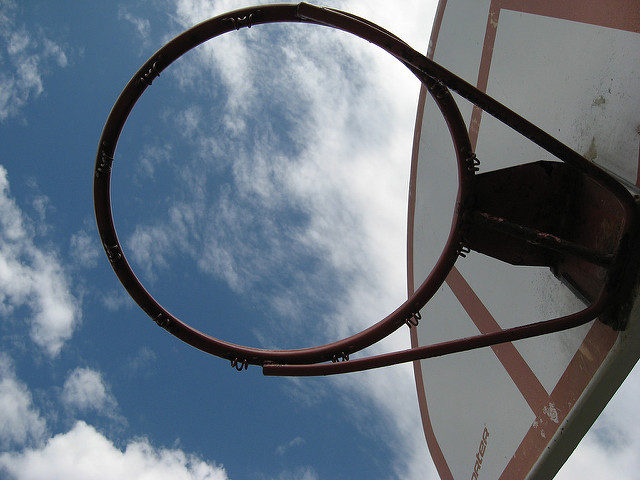New Years Resolutions

I don’t like the idea of new years resolutions. I’m more of a continuous development and improvement kind of person and so setting goals that I will accomplish for the next year always seems like a waste of effort and time. I already have a lot of things I want to get done and so adding another activity into that mix just seems counter productive. One thing I do like, however, is the idea of compressing the year down to something a bit more manageable. It seems like goals tend to get a lot more effort expended on them as we arrive closer to the deadline. I don’t like to work that way either, but the idea that I can set a shorter timeframe for measurement and evaluation and adjustment IS appealing to me.
I learned about the “90 day year” program and the “12 week year” during the last few months and went and read “The 12 week year” as one of my self improvement books this last year. One of the things I’ve been impressed with in both the 90 day and 12-week programs is the measuring. If you want to reach your goals you need to measure things that will allow you to see how you are progressing toward your goal. I need to have lead indicators that will help me see that I’m going to make it to my goal. It doesn’t help to see that I have 10 books still to read on 1 December. That’s just way too much to take on in one month. A good way to think of lag and lead indicators is as input or output based. In the case of lead, they measure the input to the system, while the lag measure the output.
One example is if I want to read 10 self improvement books by the end of the year, then I need to measure certain things that will let me project how I am doing on that goal each day or week. My lead indicator could be the number of pages read each day or each week. If I can estimate that each book I will read is around 150 pages, then I’ll need to read 1,500 pages before the end of the year. That means anything less than 29 pages per week will mean I’m falling behind in my efforts to read those 10 books and need to find something that can help me get back on track. The number of pages is the lead indicator, while the number of books I have read so far is the lag indicator.
When setting goals you should set the goal for the lag indicators and then set up systems so you measure lead indicators every day. That was a key takeaway for me this year. I need to set goals for the lag indicators, but the systems I set up should focus on those activities and habits that are the inputs or lead indicators. This way I can see how well I’m doing before I even start looking at the lag indicators. If I’m making progress on the lead indicators but the lag indicators are not changing over time, then, if it has been long enough, I can assume that my lead indicators do not impact the lag and need to change my focus to something that will impact the lag indicators. Here’s an example that may hit too close to home: weight loss.
In weight loss, if I focus solely on how much I exercise I will not see a lot of impact on my overall weight. The primary key lead indicator for weight loss is not how much I exercise, but rather how many calories I eat and how many I burn. My experience is that if I focus on what and how I eat, that is when my weight changes significantly. At the same time, many people focus on weight as the primary measure of how healthy they are, which is not a good lead indicator. There are many things which contribute to good health and weight it just one measurement. It’s an easy one, but if we focus on just that one measurement we are likely to miss the point.
So, as we focus on the new year and things we may want to change about our current situation in the coming year, we will need to focus on the lead and lag indicators which will get us to where we want.
The image is “Goal(2)” by Grace Kat. You can find it on flickr

Comments